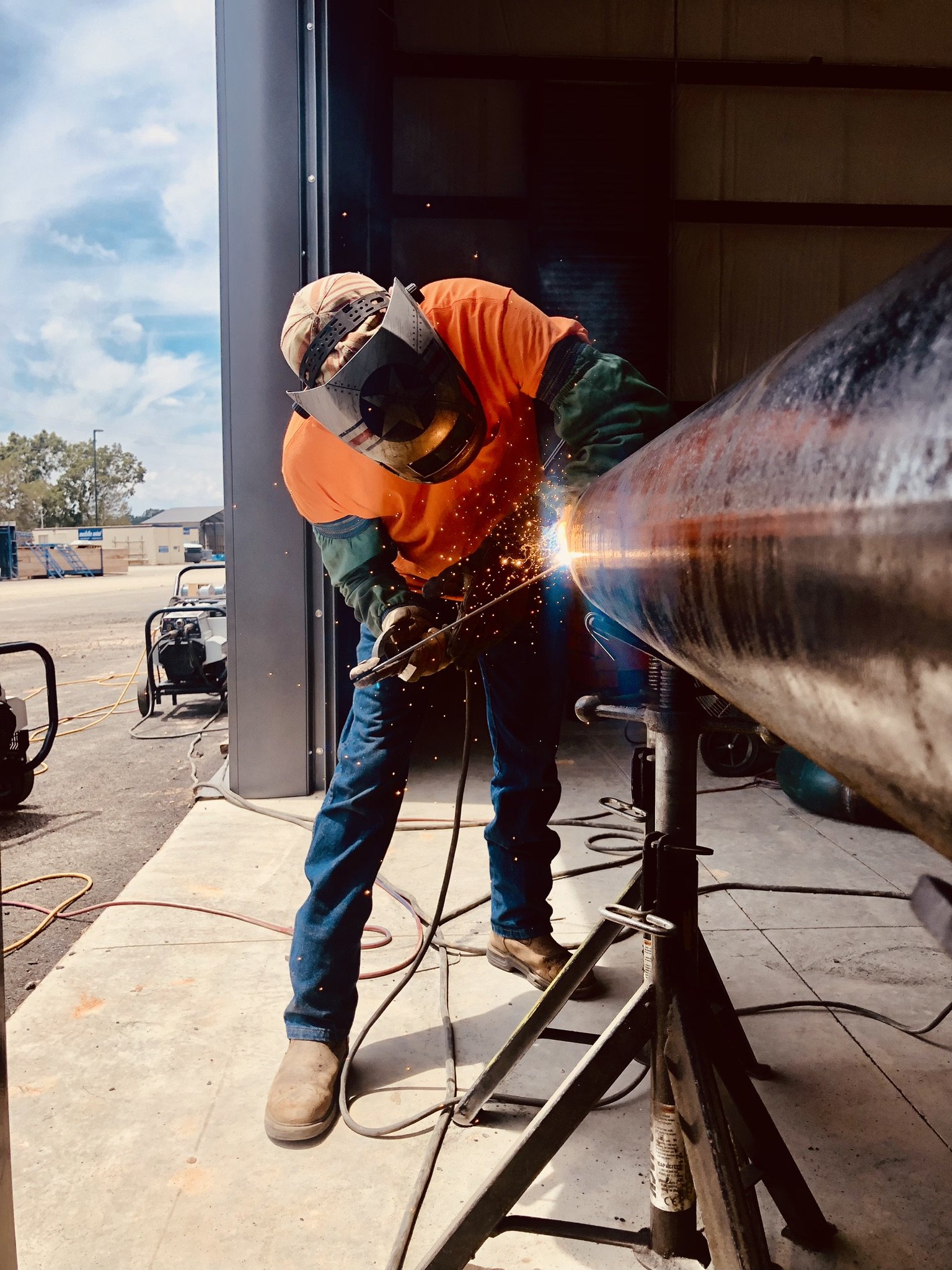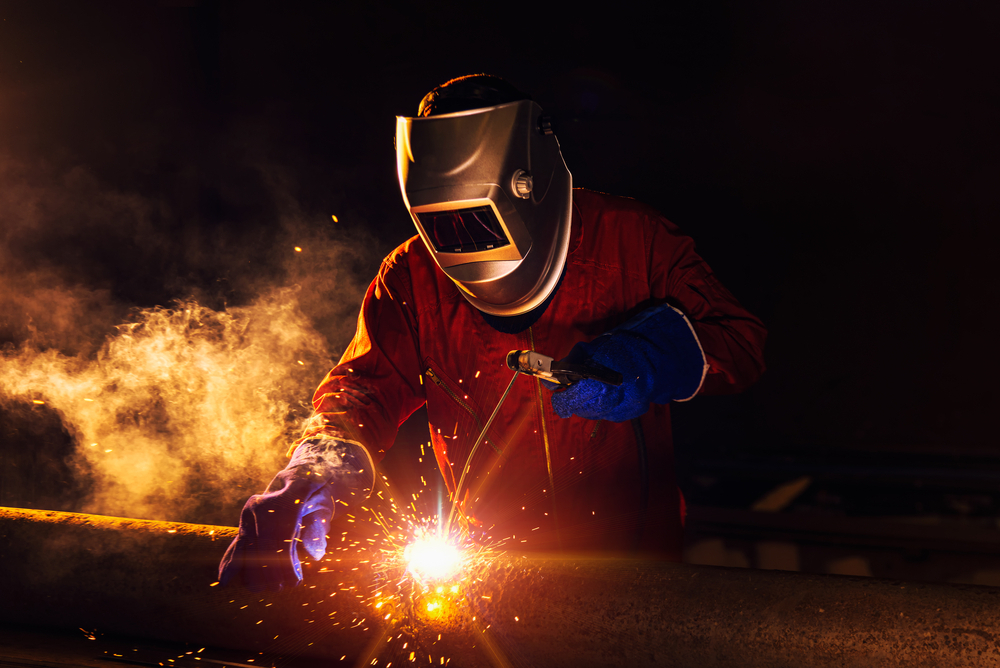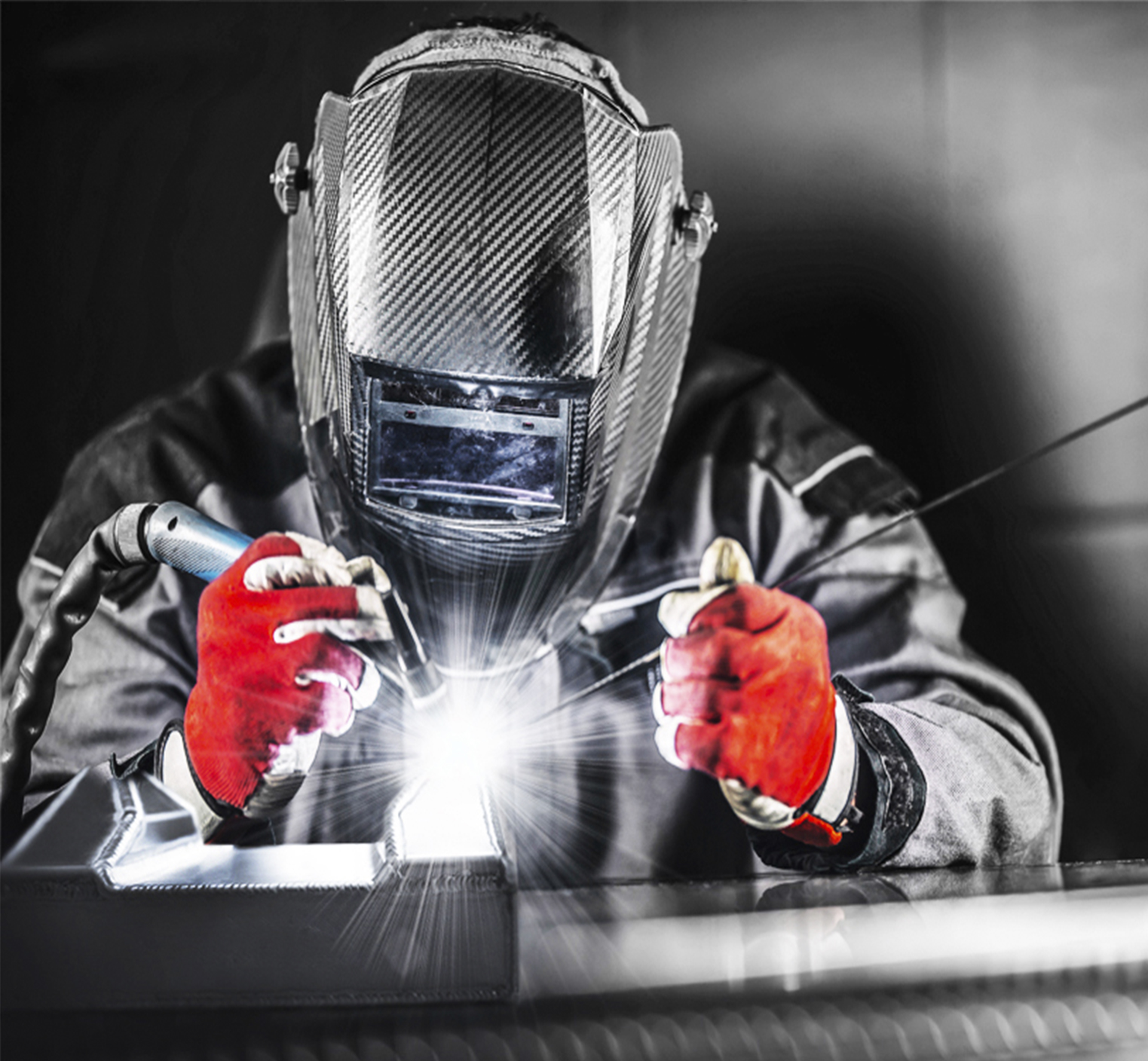Common Welding Repair Issues and Just How to Address Them Properly
Welding repair work frequently experience a range of concerns that can threaten the integrity of the final product. Usual troubles include insufficient infiltration, porosity, and imbalance, to name a few. Each defect provides distinct challenges that need particular techniques for resolution. Recognizing these issues is important for welders aiming to improve their abilities and results. This conversation will discover these typical welding repair concerns and effective techniques to resolve them.
Insufficient Infiltration
Inadequate penetration happens when the weld steel fails to completely fuse with the base product, causing weak joints and potential structural failures. This issue often stems from insufficient warm input, inaccurate electrode angle, or incorrect welding rate. Welders might run into insufficient penetration as a result of a miscalculation of the necessary criteria for a particular material thickness or type. In addition, contamination on the base material's surface area can hinder effective bonding, worsening the trouble. To attend to inadequate infiltration, welders should ensure appropriate setups on their tools and preserve a clean job surface area. Normal assessment of welds is suggested to determine any kind of shortages early, permitting timely improvements and the avoidance of jeopardized structural honesty in bonded assemblies.
Porosity
Porosity is an usual problem in welded joints that materializes as tiny gas bubbles trapped within the weld steel. This flaw can compromise the integrity of the weld, bring about reduced strength and possible failing under stress. Montana Mobile Welding and Repair Welding. Porosity normally emerges from contamination, moisture, or incorrect welding methods, which allow gases to leave into the molten weld swimming pool. To address porosity, welders must assure correct surface area preparation, preserve a tidy workplace, and utilize ideal welding parameters. Additionally, picking the appropriate filler material and securing gas can reduce gas entrapment. Normal evaluation and screening of welds can aid recognize porosity early, assuring prompt rehabilitative actions are taken, therefore protecting the top quality and integrity of the welded framework
Misalignment
Imbalance in welding can occur from numerous elements, consisting of incorrect setup and thermal development. Recognizing the origin is necessary for efficient resolution. A number of modification techniques are offered to realign elements and guarantee architectural honesty.
Root causes of Imbalance
Welding misalignment frequently stems from a selection of underlying problems that can compromise architectural stability. One main cause is incorrect fit-up of parts before welding, which can result in voids and uneven surfaces. Variations in thermal growth throughout the welding procedure can likewise lead to distortion, especially if the materials being joined have different coefficients of expansion. Additionally, insufficient securing and fixturing might fall short to hold components securely in place, leading to motion throughout welding. Improperly kept equipment, consisting of welding devices and devices, might present disparities in the weld bead, more contributing to misalignment. Operator mistake, stemming from inadequate training or experience, can likewise play a significant role in developing misaligned welds.

Improvement Methods Offered
Resolving imbalance successfully requires a combination of rehabilitative methods tailored to the specific concerns at hand. One usual approach is making use of components or jigs to hold parts in the right position throughout welding, guaranteeing constant alignment. In addition, preheating the products can help in reducing distortion and boost fit-up. For substantial imbalance, mechanical adjustment strategies, such as using hydraulic jacks or clamps, can be employed to deal with the placement prior to welding. Post-weld warmth therapy may also be required to ease tensions brought on by misalignment. Mindful inspection and adjustment throughout the arrangement phase can avoid misalignment issues from coming to be significant problems, advertising a smoother welding process and boosting overall structural stability.
Distortion
Distortion is a common difficulty in welding that can emerge from numerous aspects, including unequal home heating and cooling. Comprehending the reasons of distortion is vital for executing reliable avoidance techniques. Addressing this issue not just enhances structural integrity but additionally enhances the general quality of the weld.
Causes of Distortion
When subjected to the intense heat of welding, products commonly undertake changes that can cause distortion. This phenomenon mostly occurs from thermal growth and tightening during the welding process. As the weld area warms up, the product increases; upon cooling, it contracts, which can develop interior tensions. In enhancement, uneven heating across a workpiece can exacerbate these stress and anxieties, resulting in bending or flexing. The sort of material also plays a considerable role; steels with varying thermal conductivity and coefficients of expansion might react differently, resulting in uncertain distortions. Moreover, poor joint layout and insufficient fixturing can contribute to imbalance throughout welding, raising the probability of distortion. Understanding these reasons is important for efficient welding repair and prevention strategies.
Prevention Techniques
Efficient avoidance techniques for distortion throughout welding concentrate on managing heat input and making certain correct joint layout. Keeping a constant warmth input aids to decrease thermal expansion and contraction, which can result in distortion. Using techniques such as pre-heating the workpiece can likewise lower the temperature level gradient, promoting uniform home heating. In addition, choosing suitable joint layouts, such as T-joints or lap joints, can improve stability and minimize tension concentrations. Carrying out correct fixturing to protect the workpieces in position better help in maintaining alignment throughout the welding process. Finally, staggered welding sequences can distribute warmth more evenly, avoiding local distortion. By using these methods, welders can substantially lower the likelihood of distortion and boost the general high quality of their welds.
Cracking
Cracking is a common concern experienced in welding repairs, commonly arising from various aspects such as inappropriate air conditioning rates, product selection, or inadequate joint preparation. The event of splits can substantially endanger the honesty of the weld, causing possible failures throughout operation. To resolve this problem, welders must first analyze the root triggers, making certain that materials work and properly selected for the details application. Additionally, regulating the air conditioning rate throughout the welding procedure is vital; rapid air conditioning can induce anxiety and cause splitting. Correct joint design and preparation also contribute to decreasing the risk. Carrying out these techniques can improve weld top quality and longevity, eventually lowering the likelihood of breaking in ended up weldments.

Insufficient Combination
A considerable problem in welding repair why not try these out work is insufficient fusion, which takes place when the weld steel does not adequately bond with the base product or previous weld passes - Belgrade Welding. This issue can lead to weaknesses in the joint, possibly endangering the stability of the bonded structure. Variables adding to incomplete combination consist of not enough warmth input, improper welding technique, and contamination of the surfaces being signed up with. To resolve this problem properly, welders must guarantee correct pre-weld cleansing and surface preparation, in addition to adjust their welding specifications to attain sufficient penetration and blend. Regular assessment throughout the welding process can also help identify incomplete blend early, enabling timely corrective actions to improve the overall high quality of the weld
Overheating
While welding fixings can enhance structural integrity, overheating offers a considerable difficulty that can lead to product degradation. Excessive heat throughout welding can modify the mechanical residential or commercial properties of metals, resulting in decreased stamina, raised brittleness, and bending. This phenomenon is specifically important in high-stress applications where structural reliability is critical. Determining overheating can entail aesthetic evaluations for discoloration or distortion, as well as keeping an eye on temperature during the welding process. To reduce the risks related to overheating, welders need to utilize ideal methods, such as controlling warm input, adjusting travel speed, and utilizing ideal filler products. In addition, applying pre- and post-weld warm treatments can help restore product residential or commercial properties and enhance the total top quality of the repair work, guaranteeing long-term efficiency and safety.
Regularly Asked Concerns
What Are the Common Indications of a Welding Flaw?

Exactly How Can I Check My Welds for Top quality?
To examine welds for top quality, one can utilize aesthetic examinations, ultrasonic testing, and radiographic techniques. Each method ensures structural honesty, identifies problems, and verifies adherence to specified criteria, ultimately boosting the reliability of the welded joints.
What Safety Precautions Should I Take While Welding?
When welding, one need to focus on security by putting on proper personal protective tools, making certain appropriate air flow, securing flammable products away, keeping a clean work space, and recognizing environments to protect against injuries and mishaps.
Can I Repair a Weld Without Renovating the Entire Joint?
Repairing a weld without redesigning the whole joint is possible, relying on the damages (Montana Mobile Welding and Repair Welding). Methods such as grinding, adding filler product, or using a welding procedure can efficiently deal with particular link problems while protecting the surrounding structure
What Tools Are Crucial for Reliable Welding Services?
Vital devices for efficient welding fixings include a welding maker, cord brush, grinder, protective gear, clamps, and filler products. Each device plays an important function in ensuring top quality and safety during the repair process. Porosity typically arises from contamination, dampness, or improper welding methods, which enable gases to escape into the molten weld pool. Poorly maintained equipment, including welding makers and devices, may introduce inconsistencies in the weld bead, additional adding to misalignment. When subjected to the extreme warm of welding, products usually undergo modifications that can lead to distortion. Cracking is a common issue run into in welding repairs, frequently resulting from different aspects such as inappropriate air conditioning rates, material selection, or poor joint preparation. A substantial concern in welding repair work is incomplete fusion, which happens when the weld steel does not check my source properly bond with the base material or previous weld passes.